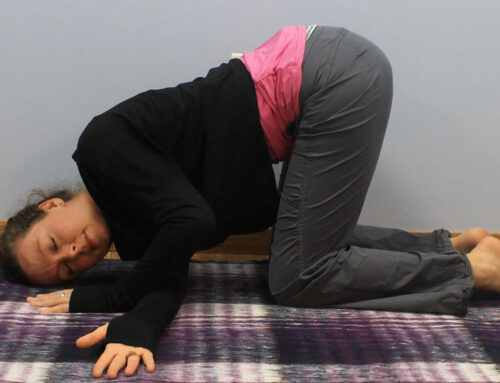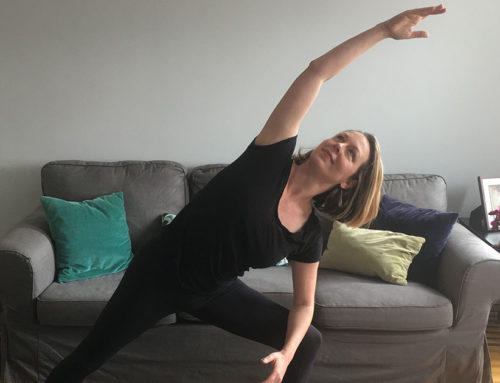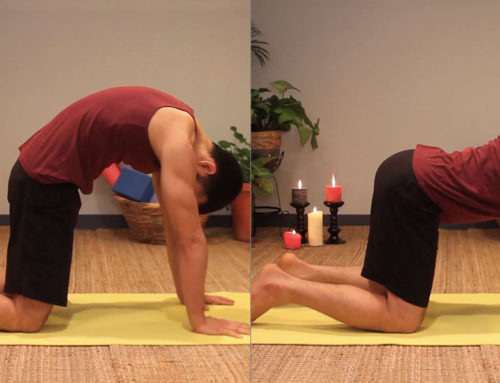This week I had the absolute pleasure of speaking at the V-Matters spring panel. In preparation for the event, I compiled a list of how yoga can be a beneficial for women experiencing vulvodynia, or vulvar pain.
Lengthens restricted tissue
Yoga provides the opportunity to provide myofascial release to the organs (e.g. twists) and restricted myofascial planes (e.g. targeting the superficial back line with downward facing dog).
Pranayama (breath work) supports the biomechanical relationship between the pelvic floor and the diaphragm
When we inhale, the diaphragm and pelvic floor muscles descend towards the feet. We can use the breath to enhance this relationship and improve coordination. This is a much better alternative to being told “you just need to relax!”.
Addresses the neuroscience of pain
We can use yoga to change pain from being the primary expected response to movement. We can create a new movement vocabulary that is connected with the breath and supported by the nervous system. Then we can utilize the parasympathetic nervous system to override the sympathetic nervous system’s fight-or-flight response.
Improve comorbidities associated with pelvic pain
Yoga has proven to be beneficial for hip pain, back pain, fibromyalgia, anxiety, depression, irritable bowel syndrome, urinary incontinence, and constipation.
Enhance the mind-body connection
By improving self-awareness, clients can often manage flareups with greater confidence and success.
Neuromuscular reeducation
After receiving myofascial release, visceral mobilization, or other connective tissue mobilization, using movement in the newly gained range of motion is key. We have to teach the body that it is safe to move and yoga can augment the treatment received in the clinic.
I hope you found this overview helpful.
As always, I wish you all the best on your healing journey!
[hr]
This article was originally published in 4/10/2014.







Leave A Comment